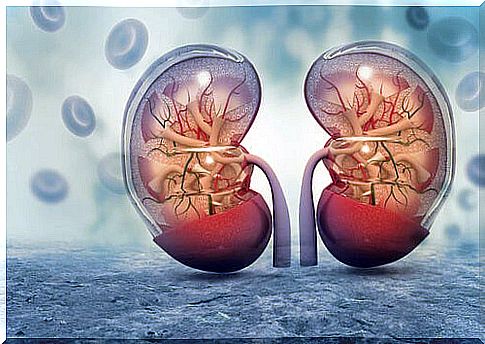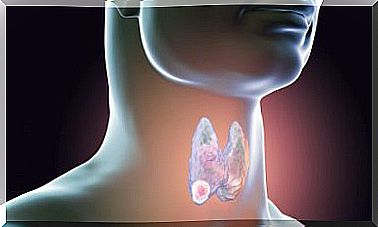Kidneys: Functioning
The kidney is a complex organ that is responsible for eliminating waste substances from our body through urine. The normal thing is to have two kidneys, which are located in the back of the abdomen, next to the spine and under the ribs.
The kidneys are shaped like beans or beans. They are essential organs since, without their function, life is not possible. However, thanks to technological advances, there are techniques such as dialysis or transplants that allow them to be replaced.
In addition to urine production, the kidneys are involved in many other processes, such as regulating blood pressure. Therefore, in this article we explain how they work, their anatomy and main characteristics.
Kidney Anatomy
The kidneys, as we have mentioned, are bean-shaped, with one side concave and the other convex. The concave part enters the renal artery, which carries the blood with the body’s waste products that go to the kidney. The renal vein and ureter also exit from that part.
The kidney is mainly made up of two parts: the cortex and the medulla. The cortex is the outermost part and the one that receives the most blood flow. It is responsible for filtration and reabsorption, mainly. In addition, it contains almost all the glomeruli, which we will explain later.
The medulla is made up of a series of structures that are responsible for conducting the urine that is formed to the ureter. The ureter is a tube that runs down to the bladder, where urine is stored to be eliminated from there.
The functional units of the kidneys are the nephrons. The nephron is the place where blood filtration occurs and urine is generated. There are about 800,000 nephrons in each kidney.
The structure of these is very complex, but the idea is that they are made up of a series of cell structures and membranes that allow blood to pass through and filter. In addition, they are also responsible for secreting certain substances and reabsorbing others, such as potassium.
What are the kidneys for?
We have already discussed that the main function of the kidneys is to eliminate substances through urine, but this is not its only function. This organ also has a very important role in the secretion of certain hormones and substances.
First of all, we must emphasize that the kidney allows vitamin D to be transformed into its active form. This vitamin is essential for calcium metabolism. In addition, erythropoietin is produced in the kidney, which is responsible for stimulating the synthesis of red blood cells in our body.
On the other hand, the kidneys are essential for certain processes that allow homeostasis in our body. That is, that we are able to maintain an internal balance even if the conditions in our environment change.
For example, they regulate both blood pressure and the pH levels of our blood. They also control plasma volume, as they modify urine concentration and can prevent water loss in dehydration situations.

How do they filter the blood?
Blood reaches the nephrons with the renal artery, where this artery branches into smaller ones that form the glomerulus. The glomerulus allows small molecules, fluids, and toxins to pass into the tubules. Thus, they retain the largest elements, such as cells.
In addition, the glomerulus consists of a series of tubes in which much of the filtered water or certain substances that the body needs are reabsorbed. For example, it can reabsorb sodium or potassium molecules.
Conclution
What we must remember is that the kidneys are complex organs that, in addition to producing urine, are responsible for many other functions. These include erythropoietin synthesis and blood pressure control.








